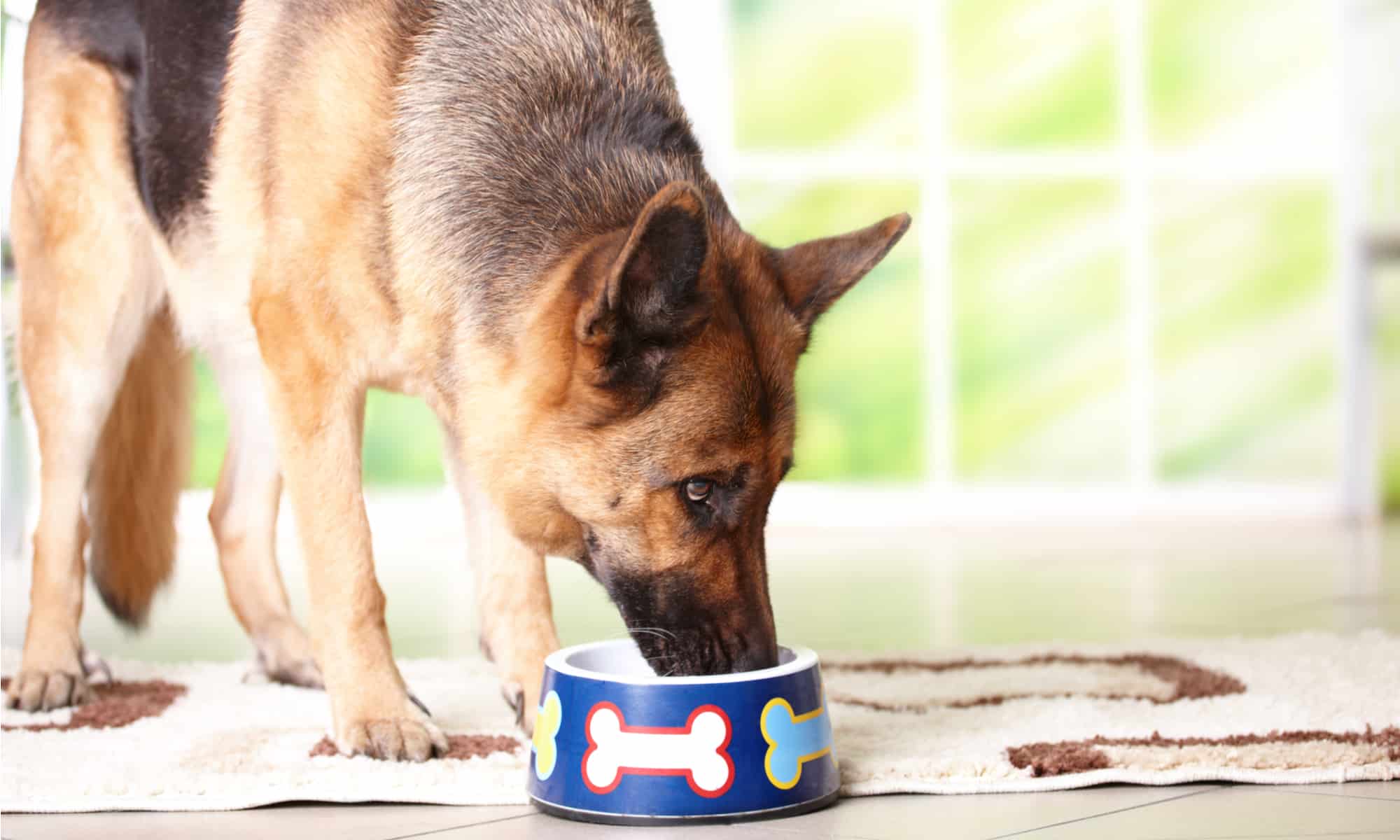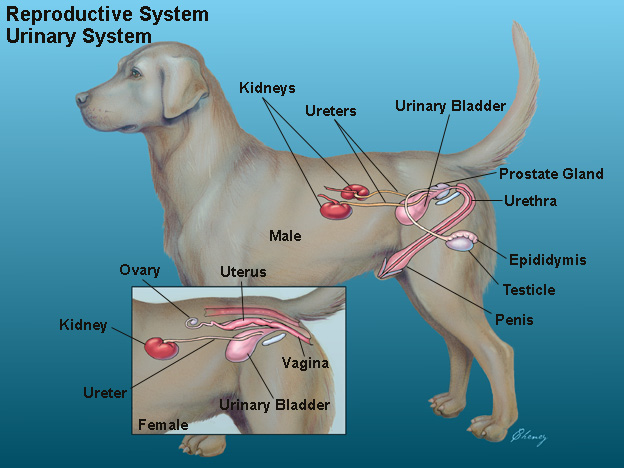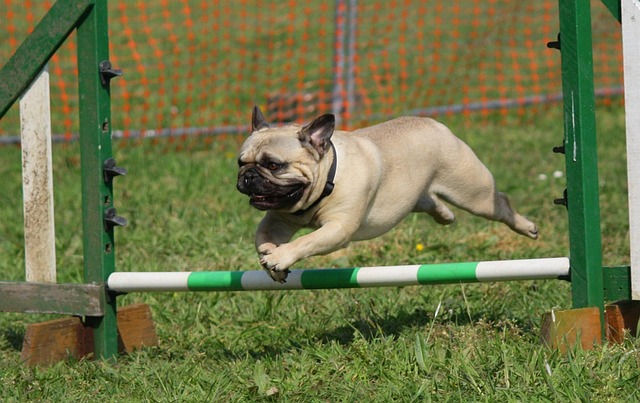“Pet Training Demystified: Effective Techniques for Obedience and Behavior”
Pet Training despite the variety of dog training techniques. They can all into two broad categories: learning theories and canine ethology. We will explain these and how they in AnimalWise. According to learning theories, dog behavior can be modifie by modifying learning principles. They are taking less account of typical canine behavior. Dog ethology techniques are based on a dog’s typical natural behavior. They were prioritizing establishing dominance hierarchies and giving less importance to learning theories. Violent and abusive dog training techniques should not be permitte. Or even considered within modern dog training techniques. Taking detrimental actions to our dogs’ welfare can have severe consequences.
Theories based on learning techniques
Techniques in this category use positive and negative. Or punishment as the primary teaching method. Because these techniques are very different, they are divide into three subcategories. Traditional dog training, positive training, and mixed training.
1. Traditionally trained dogs
The traditional training of military dogs originated in military dog training schools. And was a great success during the First and Second World Wars. It gained great popularity following stories of heroic dogs during World War II.
These techniques have no positive reinforcement; only punishment and negative reinforcement are use. When a handler wants their dogs to perform a specific action, they must force them to do it. Using choke collars with spikes and electric collars is excellent for this work.
Practitioners of these techniques defend them, but those who consider. They, violent and cruel, attack them with the same stubbornness.
Traditionally trained behaviors have a high reliability level, which is one of their main advantages. The disadvantages include collateral behavioral problems during the training and possible damage to the dog’s trachea when choke collars are use.
Although these techniques should not be practice, they are the most documented online.
2. Training with a positive attitude
By using positive training techniques in conjunction with operant conditioning. Developed by BF Skinner, training can be done more due to the book’s failure to gain popularity. Throughout Don’t Shoot the Dog: The New Art of Teaching and Training, Karen Pryor provides insight into becoming a better teacher and trainer. With these techniques, it is optional to use training collars. And training sessions are enriching for both trainers and dogs. The primary teaching method is using positive reinforcement, known as treats. Thus, what it does is reinforce the desired—behavior either through food, affection, or others. There are also ways to drop unwanted behavior, but punishment is not used. Currently, clicker training is the most popular technique within positive training.
The main advantages of positive training are the following:
- The results are as reliable as those obtained with traditional training.
- There is no need to subdue the dog.
- Training a dog like this is simple, fast, and fun.
- We encourage its learning by letting it figure out what we expect from it.
The main disadvantage of positive training is the speed at which the initial results are achieve. Many novice trainers are impresse with their early stage. Advances and need to improve their training. The consequence is, of course, that training training still needs to be completed.

3. Techniques that combine(Pet Training)
There is an intermediate point between traditional. And positive training, known as mixed techniques. Hence, they are usually less severe than the first but less friendly than the second. Canine dogs compete in contact sports, such as Schutzhund RCI. Mondioring, Belgian Ring, etc., have succeeded with these techniques. When using mixed methods, trainers use a choke collar and rewards. Toys, yet, are usually preferred over food. As a result, the trainers believe a prey drive is stimulated. When food is not used, it is generally in the early stages and for tracking training.
Canine ethology techniques
Learning theories should be addressed in canine ethology. And the dog’s natural behaviors are emphasized. The premise of this theory is that the owner must achieve a higher level of hierarchy than the dog. The owner assumes the role of leader or alpha dog in the pack. Although these techniques are prevalent, their effectiveness could be better. Moreover, the methods are so different that we need. Help to find a standard or defined training line. Contrary to traditional training and positive reinforcement. In most cases, trainers do not think of these techniques as training. But as functional additions to the training process. Many practitioners of these techniques reject being considered. Dog trainers. But, most people were unrelated to the canine world. These are dog training techniques.
How should I use this technique?
The idea is to discuss the method for ourselves, regardless of. The name we give it to ensure it is valid, reasonable, and likely to thrive. When realizing a new technique to train your dog. You should ask yourself if this technique is simple and not violent. A practical method should be easy to explain, teach, and relate to. The dog’s natural behavior is simple, not violent. And be understandable by both parties. Many people are disappointed when they use positive. Reinforcement and the dog do not respond. A lousy technique may only sometimes be the cause but may be related. The dog’s intelligence, the environment in which. We are developing it, or how we communicate with it.
Training tips to help you succeed
First, you should know that training time for obedience commands should be balanced. It is best to spend five to ten minutes a day reviewing orders that have already been learned and starting a new one. The time we spend with our pets overwhelms them and causes them stress.
But make sure you communicate with the dog. It will not understand big words or ideas on the first day you use them. Combining vocalization with physical expression can be a practical training. Technique because dogs can better identify physical signals. It is also crucial to select the right training site.
An environment with countless stimuli will tend to distract. The dog, which makes the task more difficult. It is preferable to find a place that is set aside and quiet. You must practice your dog’s new order at least twice a week after he learns it. The dog’s response is influenced by consistency and repetition of the same exercise. As well as practicing the same movement, we should also practice it in places with more distractions to keep the dog following us in different environments.
Though treats are essential in training, many people must realize. They must be tasty treats or snacks for our dogs. The results will be worse if we use a food or toy the dog does not seem interested in. To achieve good results, we need to incentivize. The interest of your dog should again be taken into consideration. Training a sick, hungry, or stressed creature will not be effective. Finally, we remind you that knowing only some of the technical commands you must teach your dog is average. Thus, consider going to a dog trainer if you need help. They can best tell and guide you if you want to read similar articles to Best Techniques for Dog Training. We recommend you visit our Basic education category.










